Discover Kastellorizo
Take on a journey of exploration following an insider’s path to the beauties of Kastellorizo and the surrounding area.
Swim in the crystal clear waters of the Blue Cave, get acquainted with the sea turtles, spend the day on sun-soaked unspoiled islets and indulge in a picnic by the sea.



Discover Casa Mediterraneo’s little black book, an A-list of cultural and leisure activities awaits you, involving excursions to the neighboring islands, long walks to monasteries, the medieval castle and the Kastellorizo Lycian tomb, stops to secret bays and diving from stunning rocks into the big blue.





Sightseeing:
The Castle of the Knights of the Order of St. John (Castello Rosso) towers over the island named after the red rocks from which it was formed. Only its ruins and walls remain today. Coming up here will reward with a stunning view of the port and Turkish coasts.
Paliokastro is the oldest and, perhaps, the most important monument of Kastellorizo.
It is built over the ruins of an ancient Doric citadel on the west side of the island.It is an an ancient castle, with Byzantine, Knights Hospitallers‘ and modern Italian alterations.The Lycian Tomb, which has a Doric façade and dates from the 4th century BC, is located at the foothills of the Castle, at the entrance to the port. It takes its name from the region of Lycia in Asia Minor (modern-day Turkey), which borders Kastellorizo.
The Church of Agios Konstantinos and Agia Eleni (Saints Constantine and Helen), a three-aisled domed basilica, is located above Mandraki. It is richly painted inside and has a magnificent belfry, Its roof is supported by twelve granite columns brought here from the temple of Apollo in Asia Minor.
A visit to Megisti-Diachronic Kastellorizo's Museum is unquestionably worthwhile. Here you can see priceless archaeological finds, artifacts from the Early Christian and Byzantine periods, 17th century wall paintings, and folk art objects.
Built in the 18th century, the abandoned Monastery of Ai Giorgis tou Vounou (Saint George of the Mountain) stands at the top of a 400-step path. The effort of climbing up here from the port is well worth it because this location is breathtaking. Inside the Monastery church, there is a catacomb with a spring and a wall painting of the saint's icon.

